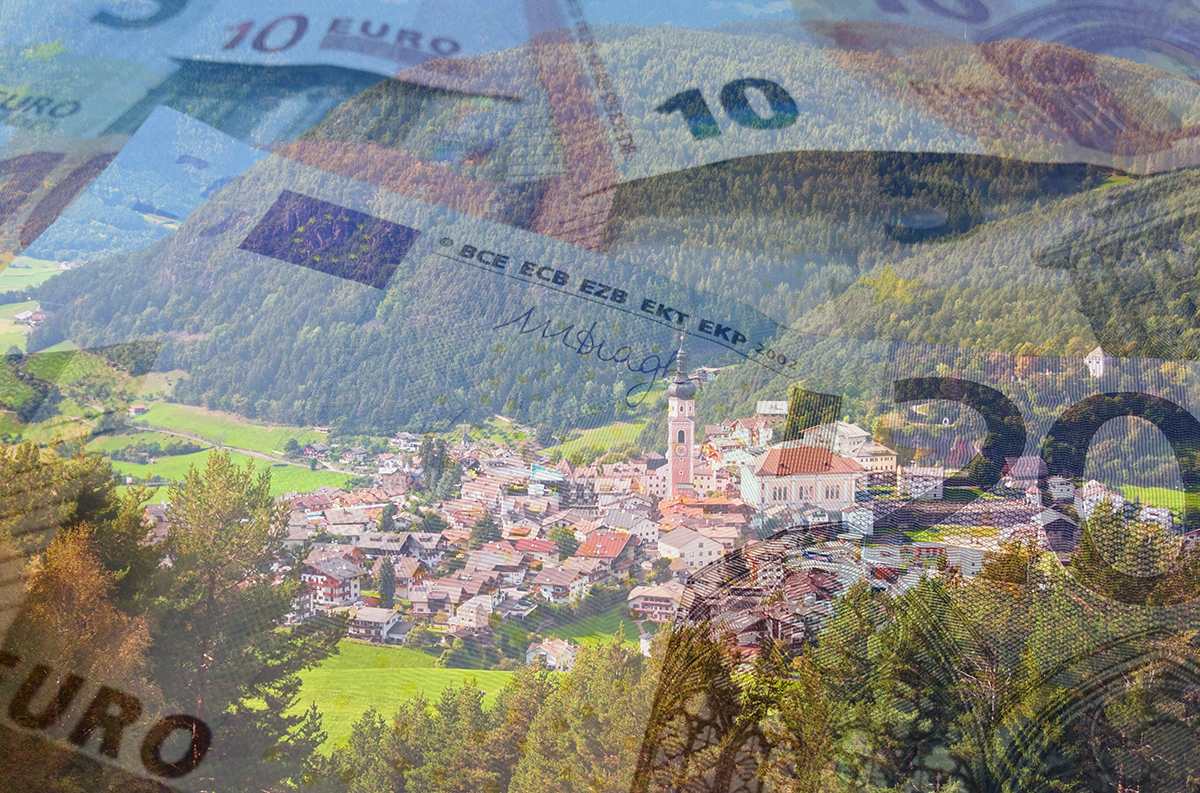As a personal travel planner, aka travel agent, I always get asked about dealing with money while traveling in Europe. Some folks think you need to take a lot with you. Many are simply confused about the best way to pay or how to get money while they are traveling.
In all honesty in most countries, it’s not so different from the USA or Canada.
But I want to share some tips so you have a better understanding of how it all works and, most importantly, so that you keep as much of your money as possible.
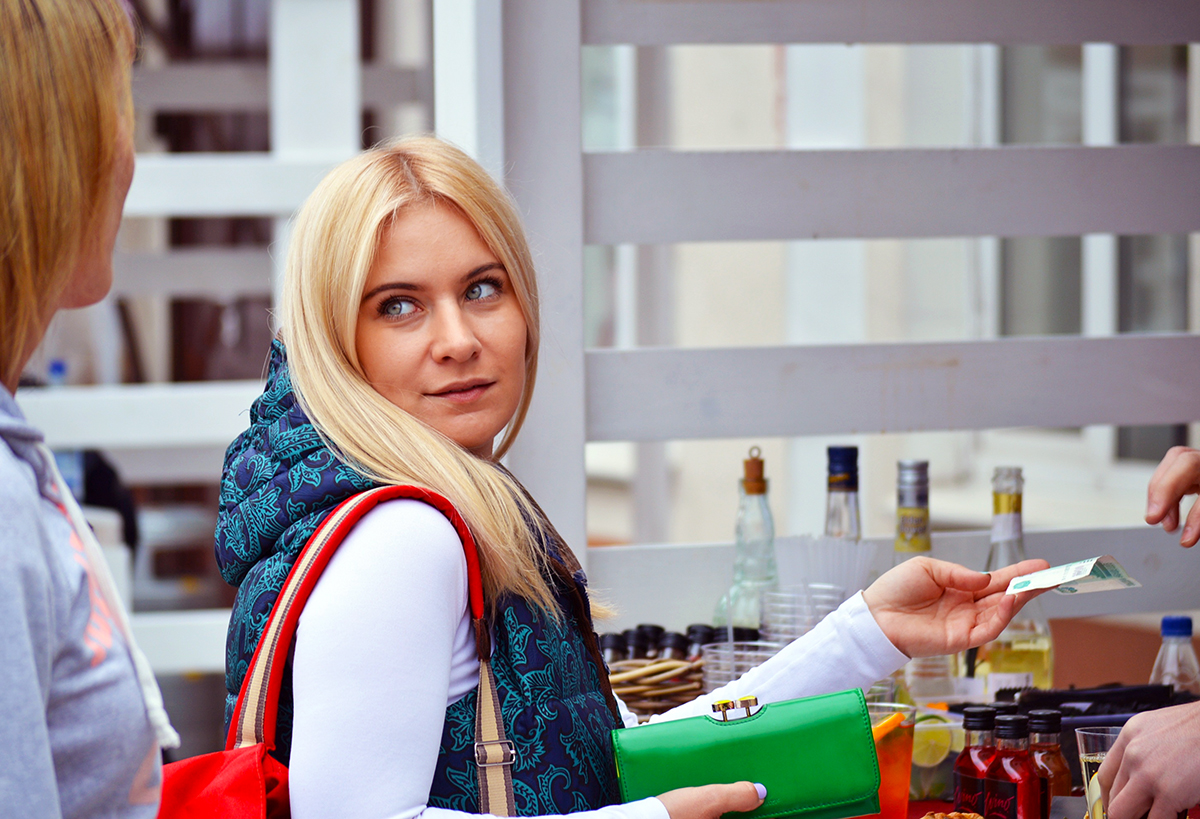
Paying for a coffee in Europe. — photo courtesy of Pixabay
Should I take money with me or get it there?
My advice is to take a few euros or sterling pound (or whatever the currency is) with you. But I stress this — just take a little.
Now other travel experts might say to simply wait until you arrive as you’ll be able to get money at an airport ATM. But you’ll be tired when you get there and if the ATM is having problems (it happens), it won’t start your trip off on the right foot.
Have 50 – 100 euros or pounds. Or enough to pay for a taxi or a train or whatever you need to pay for when you first arrive including some food and water. Some folks may take 200 or 300. I wouldn’t advise taking more than that. Just consider what you’ll need when you first arrive. Once you check into your accommodation, you’ll be able to find an ATM to get more of the local currency.
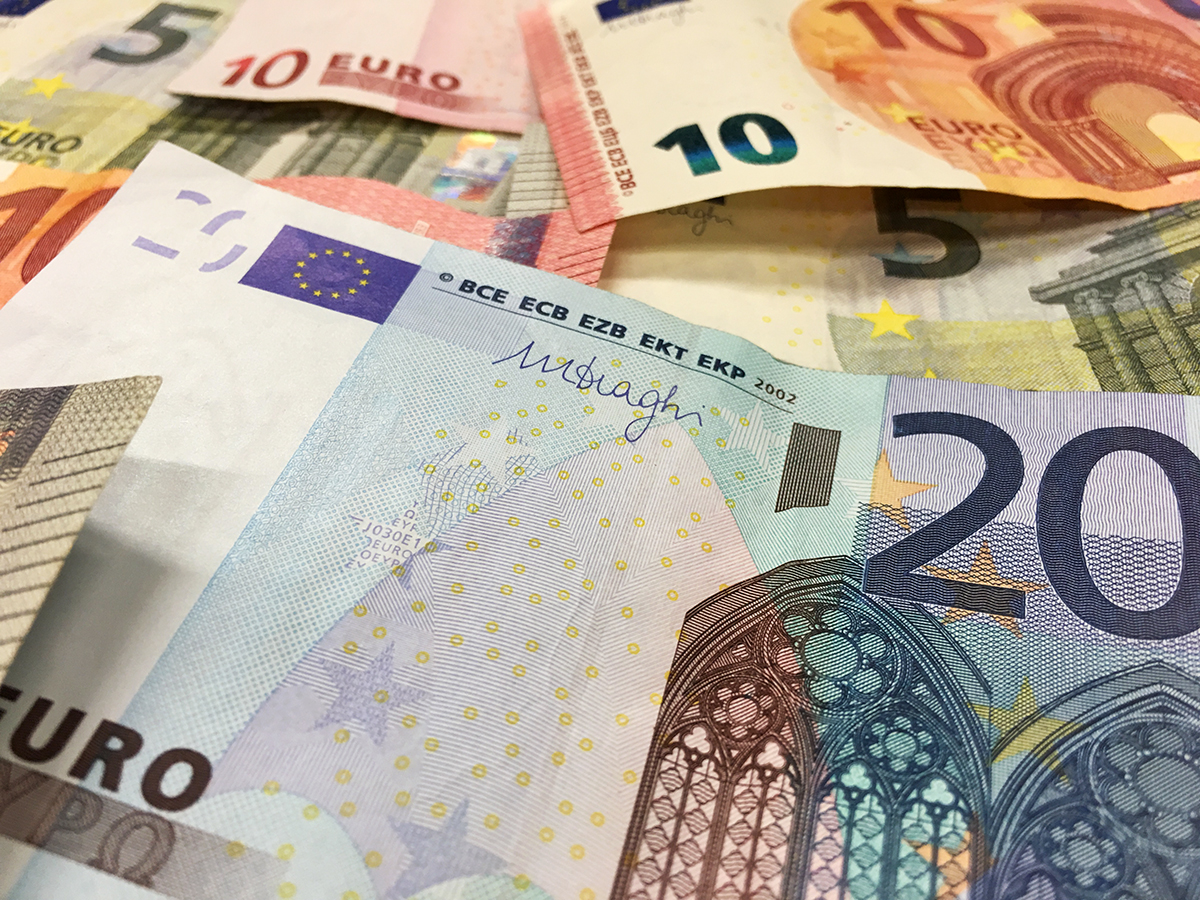
Take a little bit of the local currency with you. — photo courtesy of Pixabay
Where should I get these euros or pounds?
Are you a member of AAA – the American Automobile Association? If so then I’d go to them to exchange your money. They’ll offer you a pretty good rate. But you’ll need to do this ahead of time as it typically takes a few days to get your desired currency.
The other recommendation I make is to simply go to your bank and start there. They should be able to help you out.
Whatever you do, don’t do it at the airport. This is typically not the best exchange rate!
The question of travelers checks
The younger generation is wondering what the hell travelers checks are. But I’m old enough to remember my folks taking these on our family vacations.
Simply put — NO. A resounding NO. These are pretty much a thing of the past. Don’t even think about ‘em!
How do I use my ATM card in Europe?
Pretty much like you do here. You should be able to choose English as the language and then choose how much you want to withdraw. Make sure you know your pin number!
Here’s a couple of things to consider:
First because you will most likely have transaction fees (your bank, the bank of the ATM, etc), I recommend taking out as much as possible at one time. This way you don’t continually get smacked with those silly fees. They’re pretty much unavoidable, but check with your bank to see if you can get the best rates possible and as few fees as possible.
Secondly often your bank will have a limit on how much you can take out from the ATM per transaction OR per day — or both. Check on these limits BEFORE you leave on your trip. You can adjust them. Just ask your bank. Sometimes you want to raise them. Sometimes you might want to lower it especially if it’s really high — in case the card is stolen. And remember to factor in the exchange rate. You may want to take out €500 at a time. Remember that will be MORE than $500.
Also your card may not work at certain ATMs in Europe. Just find another one with a different bank. Sometimes there’s a compatibility issue.
The other problem you may run into is that the bank in Europe (that ATM you’re standing at) may have a limit on how much you can withdraw. Your bank may have a higher limit. But the one in Europe will win. There’s not much you can do about this. Just go with the flow and take out the maximum amount.
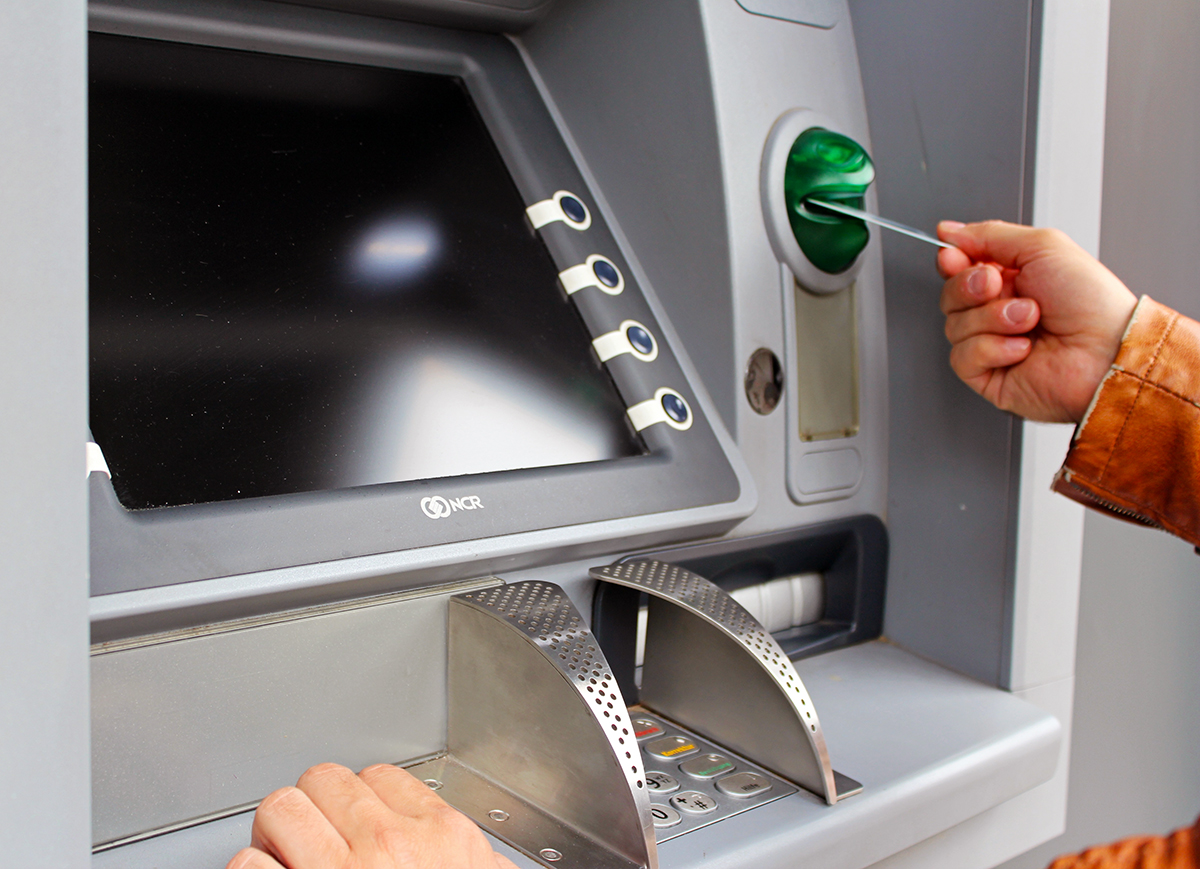
Using an ATM in Europe is pretty much like using one in the US or Canada! – photo courtesy of Pixabay
What about credit cards?
You can certainly use your credit card(s) in Europe. But some small shops or small accommodations (think B&B’s and family run guesthouses) may not accept credit cards or might prefer cash. Often some accommodation will tell you they accept credit cards but if you pay in cash, you might get a little discount of 5-10%. Ask.
If you use your credit card, often you have the choice of having it charged in US dollars (or Canadian) or the local currency. Choose the local currency. If the receipt shows both, and you need to sign, circle the local currency rate and then sign. It’s typically a better exchange rate.
With US credit cards now firmly with the chip technology and more going toward the tap technology, you may need a pin number for those cards. This is how they do it in Europe. You punch in your pin number versus signing. It’s more secure. So get a pin number for those chip cards. It may require a call to Capital One or Chase or Bank of America, but it should be a pretty simple process. However, sometimes, you’ll still have to sign.
Another note is that Discover is not a known credit card in Europe. So leave that card at home.
American Express is accepted in some countries, but not too many.
You are always going be best having Visa and MasterCard.
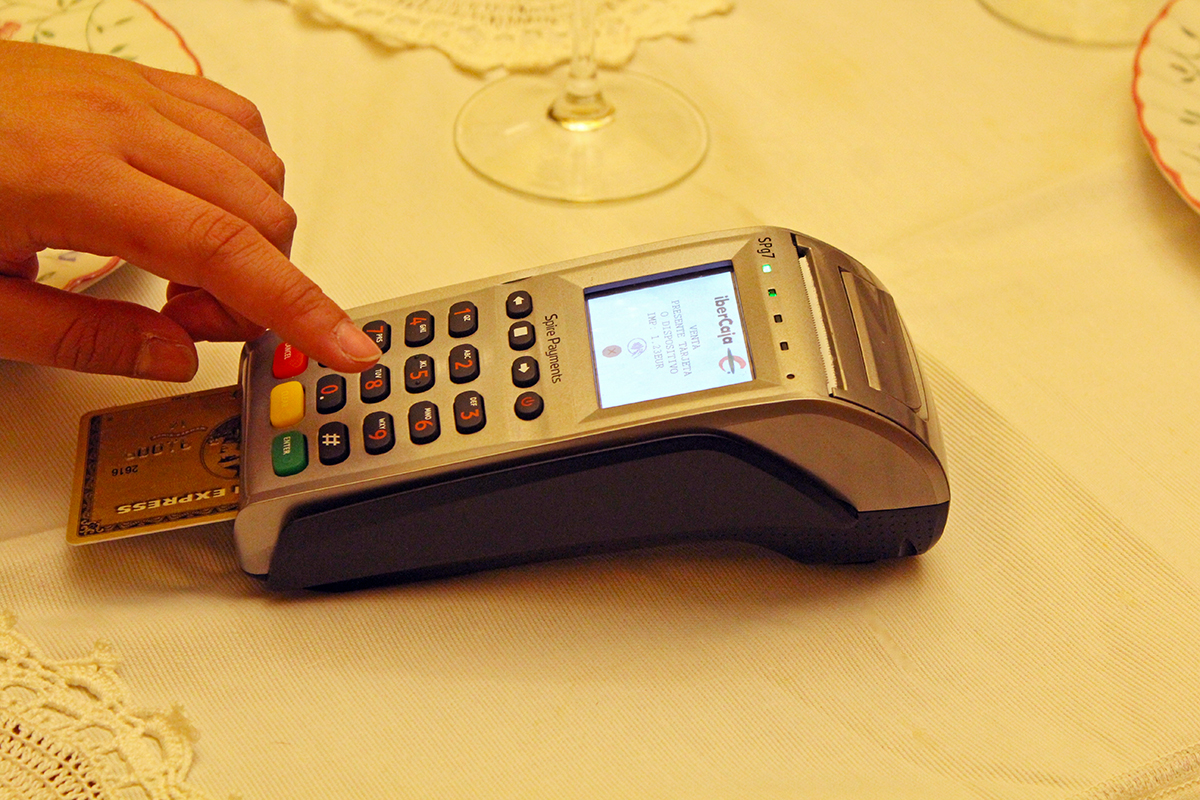
Using a chip credit card in Europe is easy – just be sure you have a pin number! – photo courtesy of Pixabay
So does this answer some of your questions?
I’m sure there are more and I’m happy to answer those if you want to put them in the comments below.
In the coming weeks I’ll be offering up more European travel tips.
And…stay tuned as I have a document coming your way that will put all this information in one PDF file for your convenience. Check back in a couple of weeks!

